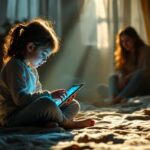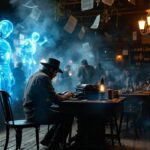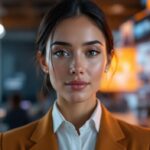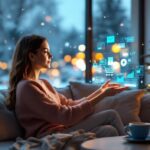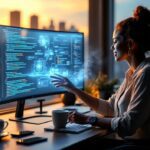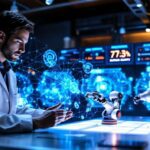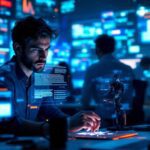The digital art landscape is transforming at breakneck speed. Artists are swapping traditional paintbrushes for AI-driven pixels and digital tools. This tech revolution isn’t simply changing how art is made—it’s completely reshaping the boundaries between human creativity and machine intelligence.
Key Takeaways:
- Digital tools like Procreate and AI platforms have dramatically expanded artistic possibilities beyond traditional media
- Artists are now collaborating with AI as creative partners, not replacements
- Technological advancements are democratizing artistic expression across skill levels
- AI enables faster iteration, unexpected creative discoveries, and global artistic connections
- Ethical considerations around AI art ownership and attribution are emerging as critical conversations
I’ve watched this transformation happen right before my eyes. Having worked with countless artists transitioning to digital media, I’ve seen firsthand how AI tools can spark creative breakthroughs that were previously unimaginable.
Let that sink in.
The relationship between artists and technology has fundamentally shifted. Instead of viewing AI as a threat, forward-thinking creatives are embracing these tools as collaborators. This partnership approach has opened entirely new artistic frontiers.
Picture this: An artist sketches a basic concept, then an AI system suggests variations, color palettes, and stylistic elements that the human might never have considered. The artist then refines these suggestions, creating something truly unique—a human-machine collaboration that produces extraordinary results.
AI is democratizing art creation across all skill levels
Gone are the days when creating professional-quality artwork required years of technical training. Today’s digital tools are lowering barriers to entry, allowing people with creative vision but limited technical skills to express themselves visually.
For experienced artists, AI serves as a powerful catalyst for exploration and experimentation. The ability to rapidly generate variations, test different approaches, and receive instant feedback accelerates the creative process exponentially.
Here’s what I mean: Traditional art creation often involved lengthy periods between concept and completion. Digital tools compress this timeline dramatically, allowing artists to iterate quickly and pursue creative tangents that might otherwise remain unexplored.
Ethical questions are emerging alongside creative possibilities
The rise of AI-assisted art has sparked important conversations about originality, ownership, and attribution. When an algorithm trained on thousands of existing artworks helps create something new, questions naturally arise about who deserves credit.
The good news? These discussions are pushing the art community to develop new frameworks for understanding creativity in the digital age. Artists, technologists, and legal experts are working together to establish guidelines that respect both human creativity and technological innovation.
Strange but true: Some of the most thought-provoking contemporary art exists at this very intersection—challenging our assumptions about what it means to be creative and what constitutes “authentic” artistic expression.
Digital art is evolving into a global, collaborative practice
The tools reshaping digital art are also transforming how artists connect and collaborate. Digital platforms enable real-time collaboration across continents, allowing artistic traditions to blend and influence each other like never before.
But wait – there’s a catch: This global artistic conversation requires thoughtful engagement with different cultural traditions and artistic lineages. The most successful digital artists approach these cross-cultural exchanges with respect and curiosity.
I’ve found that the most innovative work happens when artists combine deep technical knowledge with cultural awareness and a willingness to experiment. This balanced approach leads to art that feels both groundbreaking and grounded.
For those looking to explore this exciting frontier, I recommend starting with established digital art platforms while keeping an eye on emerging AI tools. The combination of proven techniques and cutting-edge technology offers the perfect balance for creative exploration.
From Brushes to Bytes: The Digital Creative Revolution
I watched art studios transform overnight in the early 2000s. Canvas and oils gave way to screens and styluses faster than anyone predicted.
Adobe Photoshop started this revolution, but it was just the beginning. Artists suddenly had layers, unlimited undo options, and colors that never dried. Then came digital tablets like Wacom, making computer screens feel like actual drawing surfaces.
Procreate changed everything again. iPad artists could paint on subway trains, sketch in coffee shops, or finish masterpieces in bed. The old studio walls crumbled.
Tools That Rewrote Creative Workflows
Digital illustration software introduced features that made traditional methods seem clunky:
- Layers allowed artists to separate elements without starting over
- Vector graphics scaled infinitely without pixelation
- Digital brushes mimicked watercolors, oils, and charcoal perfectly
- Cloud storage meant losing work became nearly impossible
- Real-time collaboration connected artists across continents
Speed became addictive. Artists could iterate concepts in minutes instead of days. Mistakes became experiments rather than disasters. Color palettes expanded beyond what physical pigments could offer.
The workflow transformation wasn’t just about convenience. Artists discovered creative possibilities that physical media couldn’t match. Blending modes created effects impossible with traditional paints. Animation brought static images to life. Interactive elements made viewers part of the art.
Traditional skills still matter. Understanding light, composition, and color theory remains fundamental. But digital tools amplified these basics, letting artists focus on ideas rather than technical limitations.
This shift prepared artists for today’s AI creative revolution. Artists who embraced pixels over paintbrushes found themselves ready for the next wave of technological change.
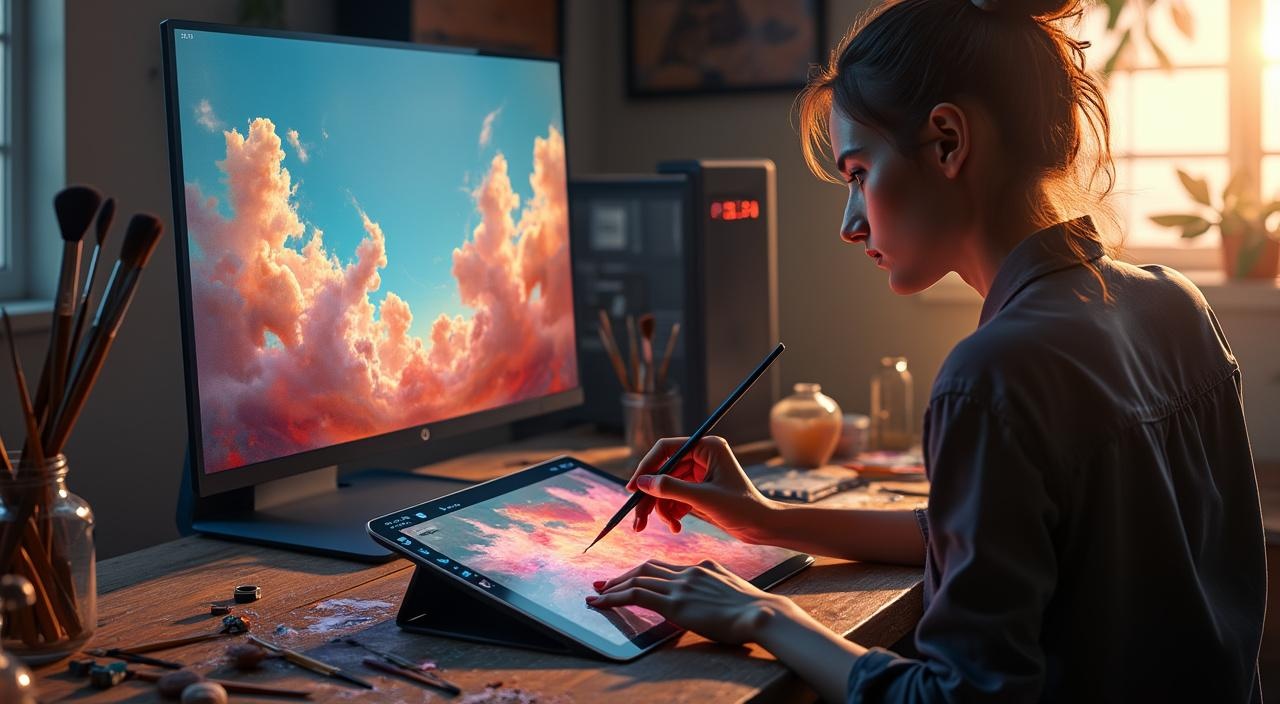
The Unexpected Journey: AI as Creative Collaborator
AI isn’t stealing the artist’s thunder—it’s becoming their most intriguing creative partner. Picture this: instead of replacing human creativity, AI amplifies it through an ongoing conversation between artist and algorithm.
The Artist’s New Toolkit
Today’s creators are wielding powerful AI instruments that transform imagination into visual reality:
- GANs (Generative Adversarial Networks) – Two neural networks competing to create increasingly realistic images
- Midjourney – Specializes in artistic, dreamlike interpretations of text prompts
- DALL-E – OpenAI’s versatile text-to-image generator with photorealistic capabilities
- Stable Diffusion – Open-source powerhouse offering unprecedented creative control
The magic happens in the iterative dialogue. Artists feed concepts to AI, examine results, refine prompts, and repeat. Each cycle reveals unexpected possibilities that neither human nor machine could achieve alone.
This technological augmentation doesn’t diminish artistic vision—it expands it. AI sparks creative revolution by giving artists superhuman speed to explore countless variations of their ideas, pushing creative boundaries beyond traditional limitations.
Tracing the Artistic Timeline: From Algorithms to Imagination
Picture this: back in 1963, Ivan Sutherland created Sketchpad, the first computer drawing program that let artists interact directly with machines. This wasn’t just another tech experiment—it was the moment pixels met passion.
The 1960s launched a creative revolution I find fascinating. Georg Nees crafted geometric patterns through code, while John Whitney transformed mathematical equations into visual poetry. These pioneers didn’t just make art with computers; they proved machines could extend human imagination rather than replace it.
Creative Milestones That Changed Everything
The timeline reveals breakthrough moments that shaped how we create today:
- Andy Warhol’s 1985 Amiga experiments brought digital tools to mainstream consciousness
- Computer-generated art evolved from simple geometric shapes to complex visual narratives
- Algorithmic creativity merged with human intuition, creating hybrid artistic forms
Fast-forward to today, and I see artists using AI as their creative partner, not their replacement. The canvas has expanded beyond physical boundaries, but the human touch remains irreplaceable.
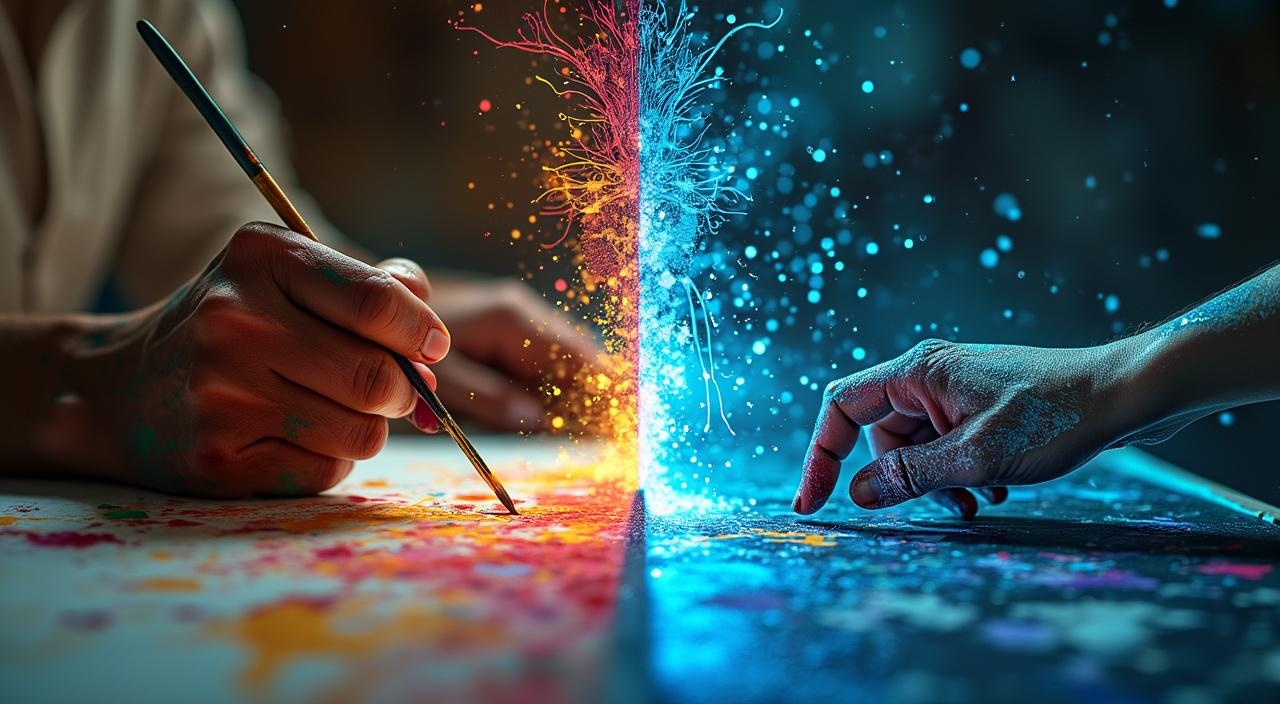
Unexpected Creative Frontiers: When Machines Inspire
I’ve watched artists stumble into discoveries they never planned. AI tools don’t just follow commands—they surprise us.
Take Sarah Chen, a Brooklyn illustrator who fed random text fragments into Midjourney. The algorithm spat back a surreal landscape that perfectly captured her client’s depression awareness campaign. She couldn’t have conceived it alone.
The Beautiful Accident Economy
These happy accidents reveal AI’s true creative power:
- Glitch aesthetics emerge when algorithms misinterpret prompts, creating entirely new visual languages
- Cross-pollination happens when AI combines unrelated concepts, like mixing Victorian architecture with cyberpunk elements
- Pattern recognition goes beyond human perception, finding connections we’d miss
Machine learning doesn’t think like us. It makes connections our brains skip over. I’ve seen AI generate visual metaphors that would take weeks of brainstorming to reach naturally.
The creative revolution isn’t replacing human intuition—it’s amplifying it through algorithmic serendipity. Artists who embrace these unexpected partnerships often produce their most compelling work.
Strange but true: machines might be our best brainstorming partners.
Navigating the Ethical Landscape of AI Art
The art world faces unprecedented questions about ownership and authenticity. Who owns an AI-generated masterpiece? The artist who crafted the prompt? The AI company? The millions of artists whose work trained the algorithm?
Copyright law struggles to catch up with technology. Traditional frameworks crumble when algorithms create art by analyzing existing works without explicit permission. Many artists discover their copyrighted pieces were used to train AI systems without consent or compensation.
Transparency Becomes Non-Negotiable
Smart artists now disclose their AI collaboration upfront. This honesty builds trust and sets clear expectations. Galleries increasingly require artists to specify their creative process and any AI involvement.
Emerging Ethical Standards
Professional organizations are developing new guidelines that address:
- Clear attribution requirements for AI-assisted works
- Consent protocols for training data usage
- Fair compensation models for contributing artists
- Disclosure standards for commercial AI art
The creative community must balance innovation with respect for traditional artistic contributions. Authenticity battles shape tomorrow’s creative landscape.

The Future Canvas: Democratizing Artistic Expression
AI art tools aren’t just fancy software anymore. They’re becoming as common as smartphones, and that’s shaking up everything we thought we knew about who gets to be an artist.
I’ve watched countless people discover they can create stunning visuals without years of art school. A grandmother in Iowa now produces gallery-worthy portraits. A teenager with zero traditional training builds entire fantasy worlds. The barriers that once kept creative expression locked behind skill prerequisites are crumbling fast.
What Makes This Revolution Different
The shift isn’t just about easier tools. Several trends are converging to reshape artistic creation entirely:
- VR and AR integration lets artists sculpt in three-dimensional space, painting with light itself
- Personalized AI assistants learn individual artistic preferences, becoming creative partners rather than mere tools
- Real-time collaboration platforms connect artists globally, enabling instant creative exchanges
- Adaptive learning systems adjust to each creator’s skill level, growing alongside their abilities
This democratization doesn’t diminish professional artists’ value. Instead, it expands the creative pie. More people creating means more appreciation for exceptional work.
The future canvas won’t be flat. Artists will work in spaces that respond to emotion, collaborate with AI that understands their vision, and create experiences that adapt to each viewer. We’re not replacing human creativity—we’re amplifying it beyond anything previously imaginable.
The revolution isn’t coming. It’s here, and every day more creators join the movement.
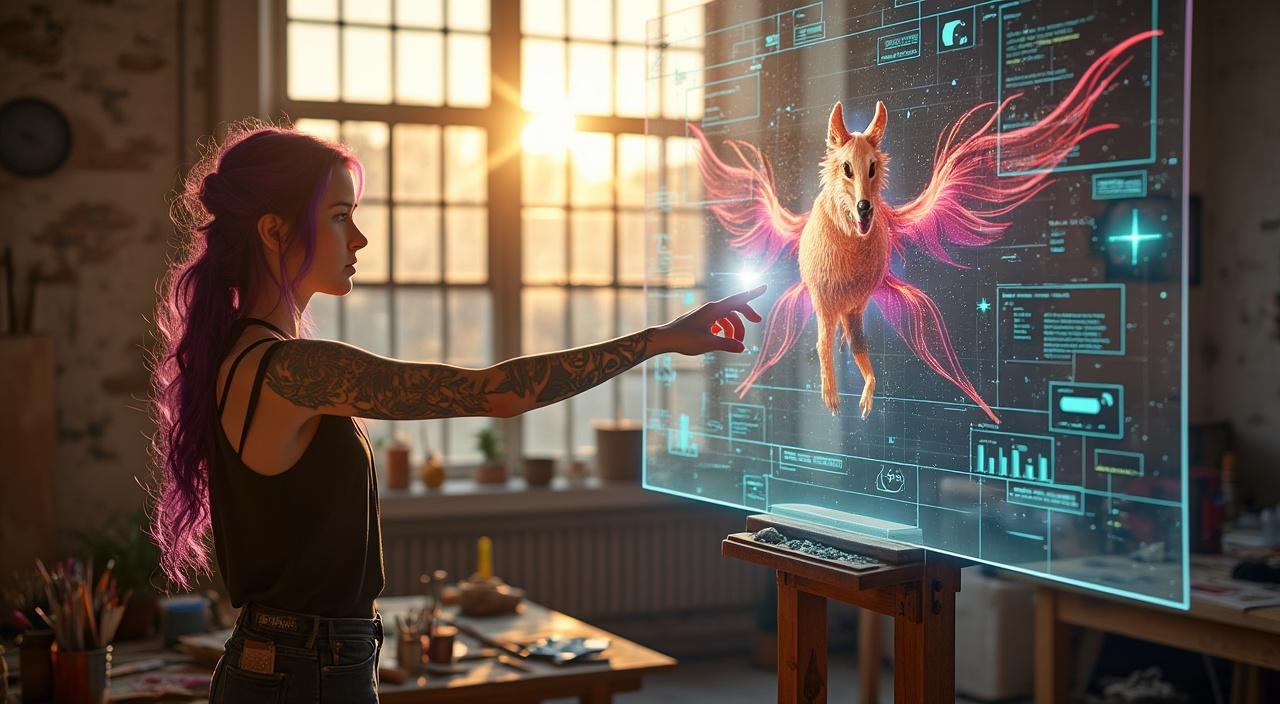
Sources:
• NumberAnalytics: Ultimate Guide to Digital Art History
• NumberAnalytics: Evolution of Digital Art
• Wikipedia: Artificial Intelligence Visual Art
• Kiddle: Digital Art
